Sabi Sand Reserve
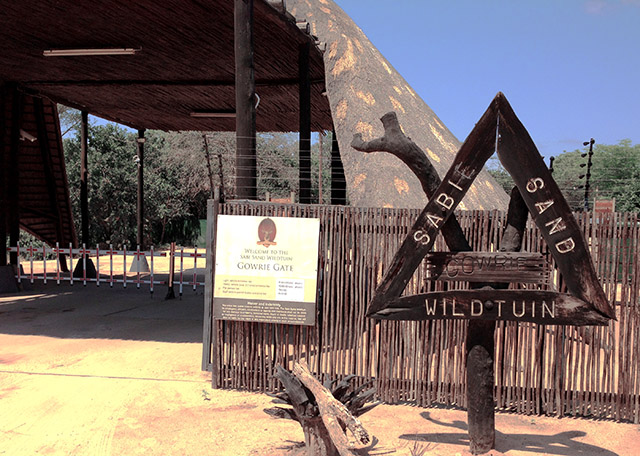
The Sabi Sand Reserve is the oldest and most successful private reserve in South Africa. Its history, as a formal association, dates back to 1948 when the landowners formed the private game reserve.
The Sabi Sand Reserve shares a 50km (31.25 miles) unfenced border with the Kruger National Park and this large piece of land (65 000 hectare/ 153 000 acre) is home to The Super Seven animals (the ‘Big-Five’ comprising lion, leopard, rhino, buffalo and elephant) as well as cheetah and wild dogs.
We have visited the reserve a few times and have seen and photographed all of these exciting animals and more.
The Sabi Sand Reserve is named after the two rivers that supply the game reserve with a perennial water source. The Sand River flows through the reserve for 50km (31 miles) from north-west to south-east and the Sabie River flows on the southern boundary. These two rivers eventually meet just a few kilometres east of Skukuza camp in the Kruger Park.
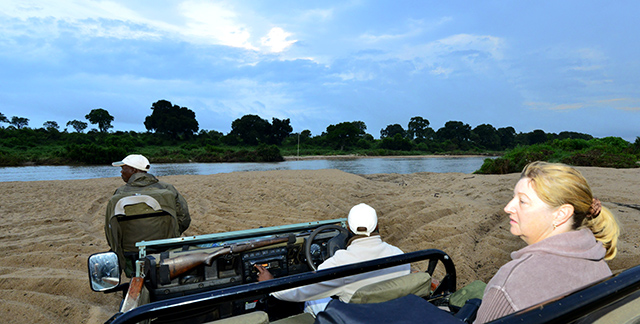
Wildlife viewing in the Sabi Sand is second to none. The Reserve enjoys excellent sightings of leopard, which is one of the most elusive predators, and some people that we have spoken to have never seen this cat in 10-20 years of visiting the national parks.
We have seen leopards on every trip to the Sabi Sand and on some trips we have had multiple leopard sightings in just one day!
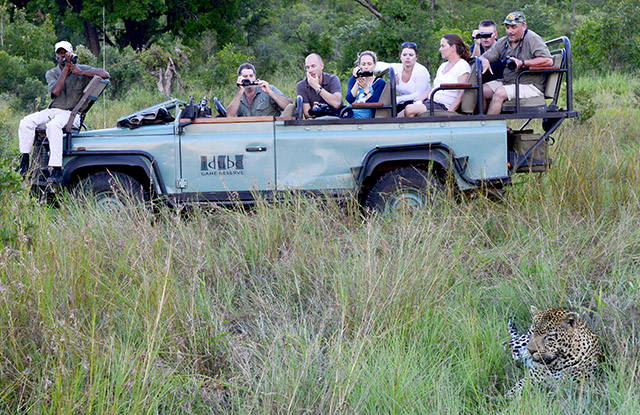
The Sabi Sand Reserve comprises an association of freehold landowners, some of whom have private holiday homes in the reserve but the majority manage commercial lodges. There are about 22 lodges in the reserve, each on their own property but most having traversing rights on their neighbours’ properties.
The lodges are experts in the field of hospitality - achieving what has become known as the ‘luxury photographic safari experience’. Wonderful lodgings, amazing landscapes, fine dining, and skilled field guides & trackers whose job it is to host their guests for the duration of their stay, which includes showing them interesting and exciting flora and fauna.
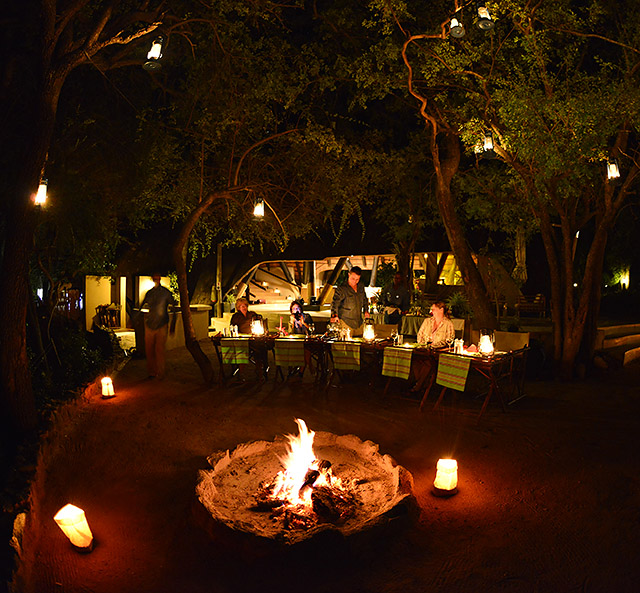
There are three gates providing access to the reserve:
- Gowrie Gate that provides access to the northern lodges,
- Newington Gate that provides access to the western lodges and
- Shaws Gate that provides access to the southern lodges.
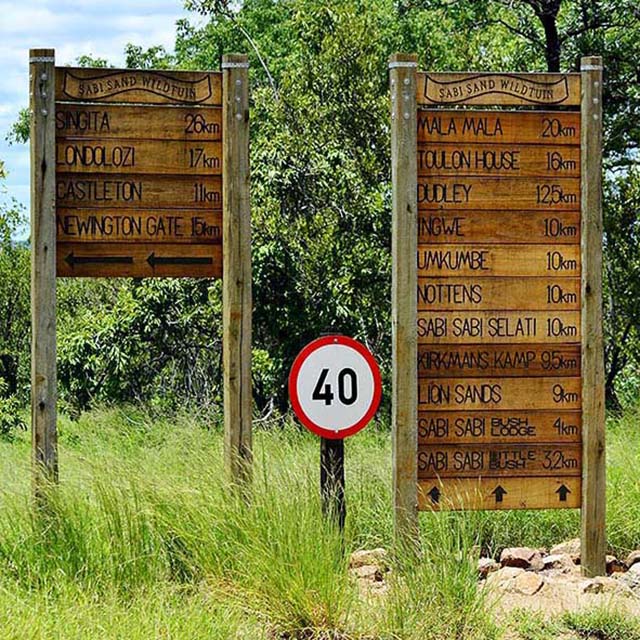
If you don't see your lodge's name on the sign at the gate then you are at the wrong gate. If you are staying at one of the southern or western lodges then you are OK entering at either Shaw's Gate or Newington Gate but if you are staying at one of the northern lodges then you have a problem as you most probably will not be able to cross the Sand River!
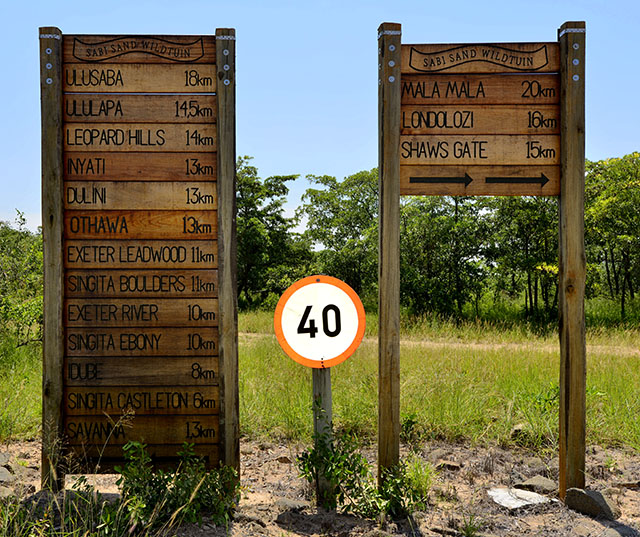
|
Should you wish to get the eBook, click on the book cover above, then click 'Add to Cart' where you'll see a button called 'Add Promo Code' - click on it then add the word K2K and the 33% discount will be automatically applied. This code is valid until the end of the month, so don't delay! |
"...the majority of images are really impressive, each chosen for a practical reason, sometimes annotated to stress a point. - Craig Rix, Editor,Travel Africa Magazine, UK 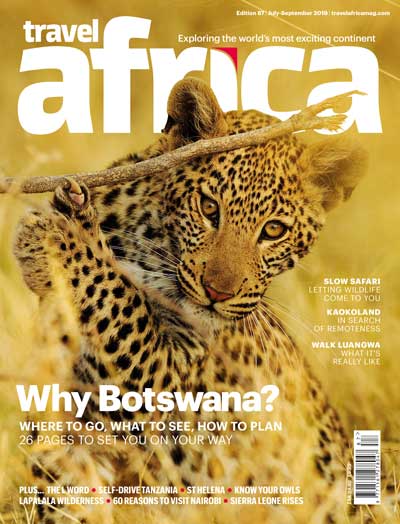 |
Sabi Sand Game Drives
The lodges use open safari vehicles that seat 10 visitors (plus the ranger and tracker) but most lodges limit the number of guests to just 6 or 7 per vehicle.
As you can see in the image below there are just six guests in the vehicle (two people per row) even though it can hold 3 people in each row plus another person in the passenger seat.
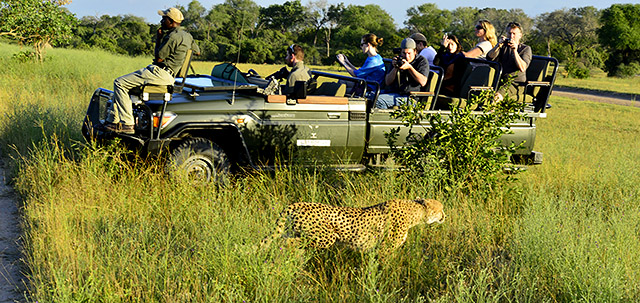
Some lodges, however, will place the maximum number of people on a vehicle as you will see in the photo below. It is very difficult to photograph when sitting in the middle seat and, if you are a photographer, where do you put all your gear even if you do have an end seat?
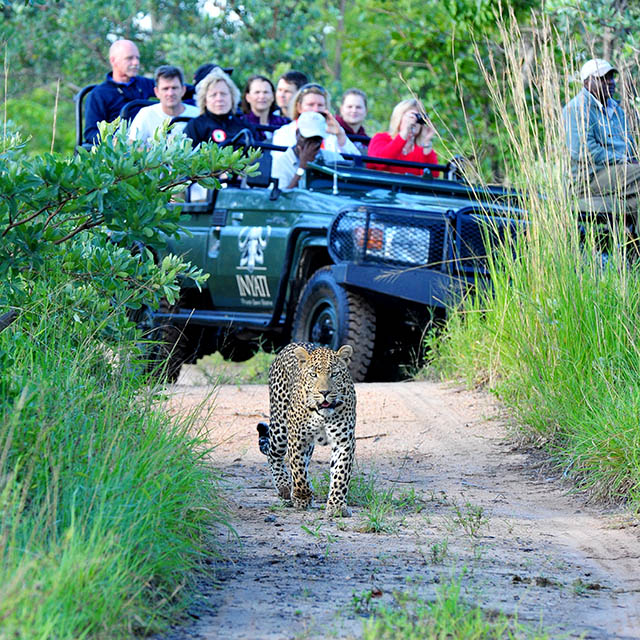
Guests are driven very close to most of the animals as they are extremely relaxed around vehicles. This presents guests with unmatched photographic opportunities.

In most parks animals, such as leopards and wild dogs, are extremely difficult to find and if you do find them they tend to disappear as quickly as you found them! In the Sabi Sand the animals can be tracked off-road...
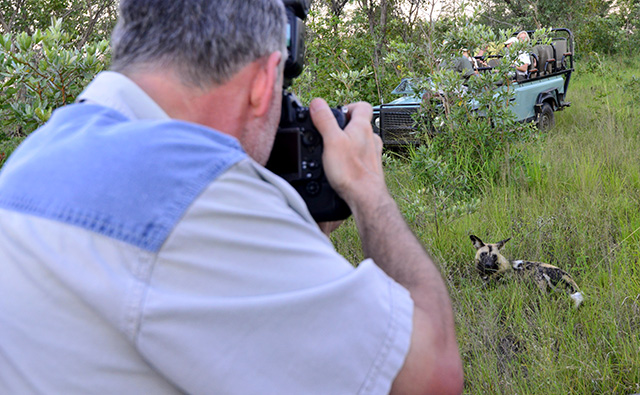
There are two game drives per day, one in the morning that leaves just before the sun rises and a late afternoon safari that usually starts at 16h00.
For the morning drive there is a stop for coffee and muffins, usually at a scenic spot, and during the afternoon drive there is a stop for sun-downers.
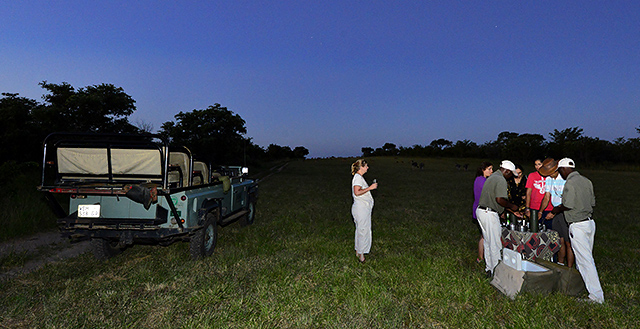
The afternoon safari continues after sunset as the tracker has a powerful spotlight that reveals nocturnal species eye-shine.
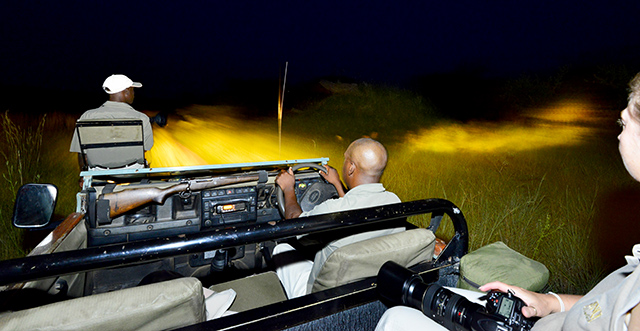
Night photography is definitely another world that requires different skills to day-time photography!
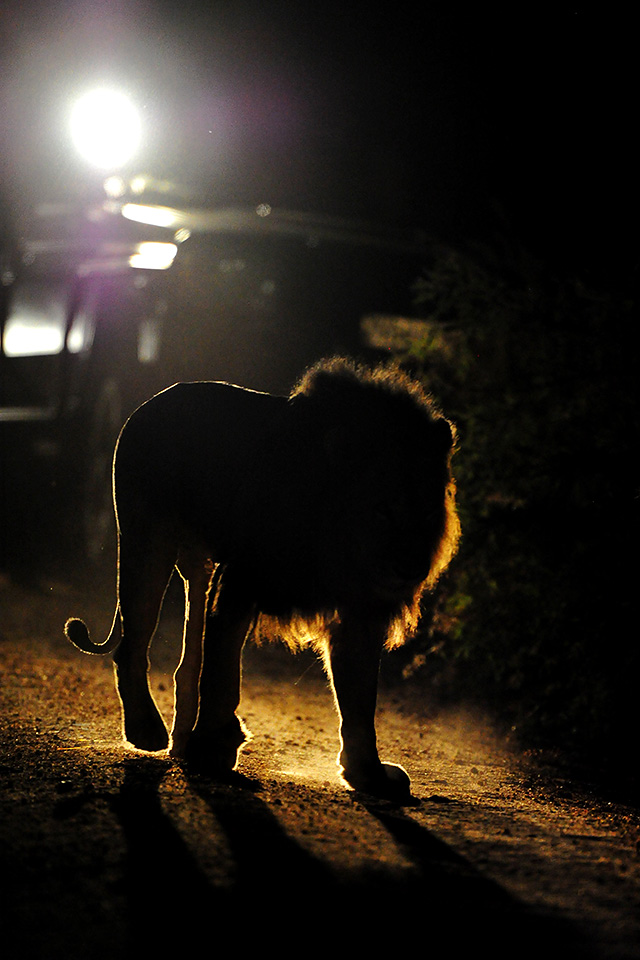
On average, 6 to 7 hours per day are spent out in the bush on game drives or on bush walks.
Each lodge is unique and will provide you with a different experience.
As wildlife photographers we need to stay at lodges that cater for photographers and that will not cram 9 or 10 people on a vehicle hence we enjoy lodges like Idube in the western section, Cheetah Plains in the northern section and Umkumbe Lodge in the southern section of the Sabi Sand Reserve.
It is also important to have field guides who are photographers so that they know where to position the vehicle for you to get a clear photo, switch off the engine to ensure your shots are not blurred, not to get too close to the subject, etc.
To make a safari rental booking in South Africa, Botswana or Namibia click here
"It's 768 pages of the most amazing information. It consists of, well, everything really. Photography info...area info...hidden roads..special places....what they have seen almost road by road. Where to stay just outside the Park...camp information. It takes quite a lot to impress me but I really feel that this book, which was 7 years in the making, is exceptional." - Janey Coetzee, founder of CAROK (Camps and Roads of Kruger) South Africa
"Having a passion for the region itself and having to know about all dynamics, water holes and ideal roads for a period of 6 years - I wish I had this guide on my first trip already!" - Morkel Erasmus, Secunda, South Africa
"Mario and Jenny take you to places that are not always visited, and their descriptions of the more remote camps will allow you to make an informed decision without wasting time and money" - Bob & Sherry Shepardson, DeBary, Florida, USA
"Your time and money are valuable and the information in this book will help you save both." - Don Stilton, Florida, USA
"I highly recommend the book to anyone visiting Etosha National Park to photograph the animals - or anyone considering an African photography safari in the future." - Anne Darling, Cognac, France
"As a photographer and someone who has visited and taken photographs in the Pilanesberg National Park, I can safely say that with the knowledge gained from this eBook, your experiences and photographs will be much more memorable." - Alastair Stewart, BC, Canada
"This work is so much more than an eBook, because it is also a guide, a tutorial, an inspiration and a must-have for anyone interested in wildlife photography" - Findtripinfo.com, USA
Photo Safaris on a Private Vehicle - just You, the guide & the animals!
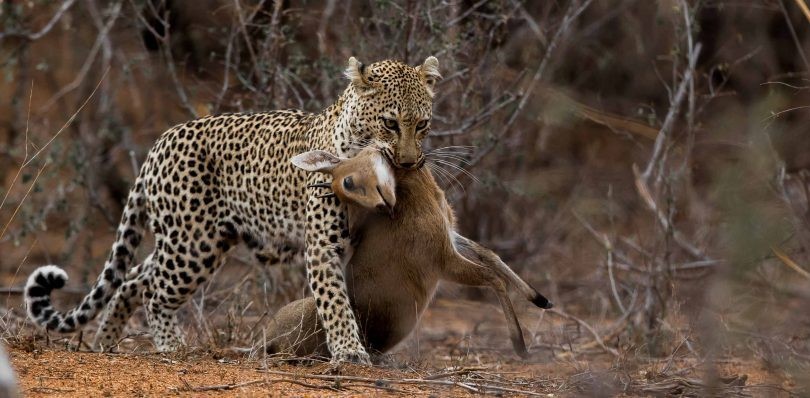
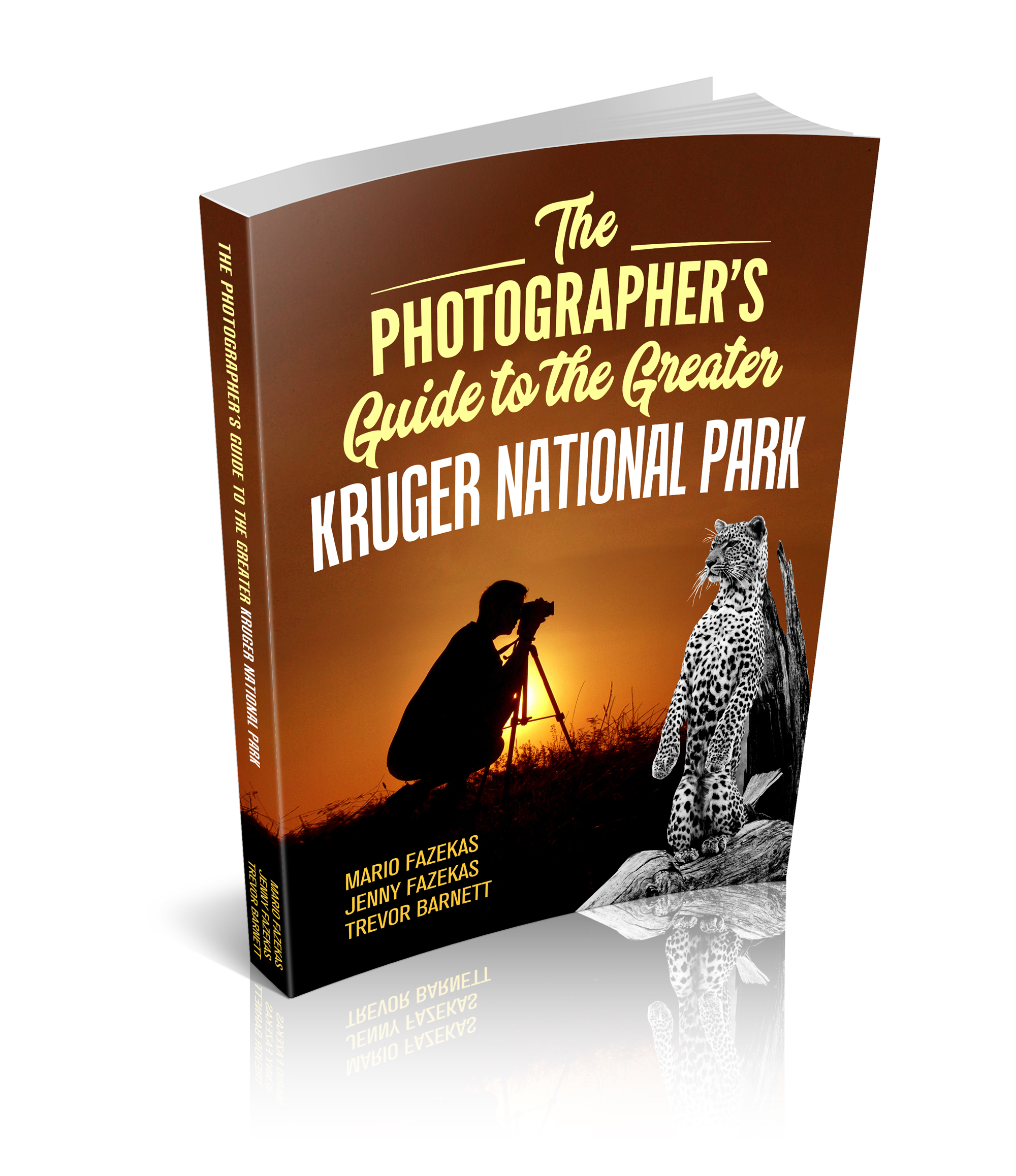









New! Comments
Have your say about what you just read! Please leave us a comment in the box below.